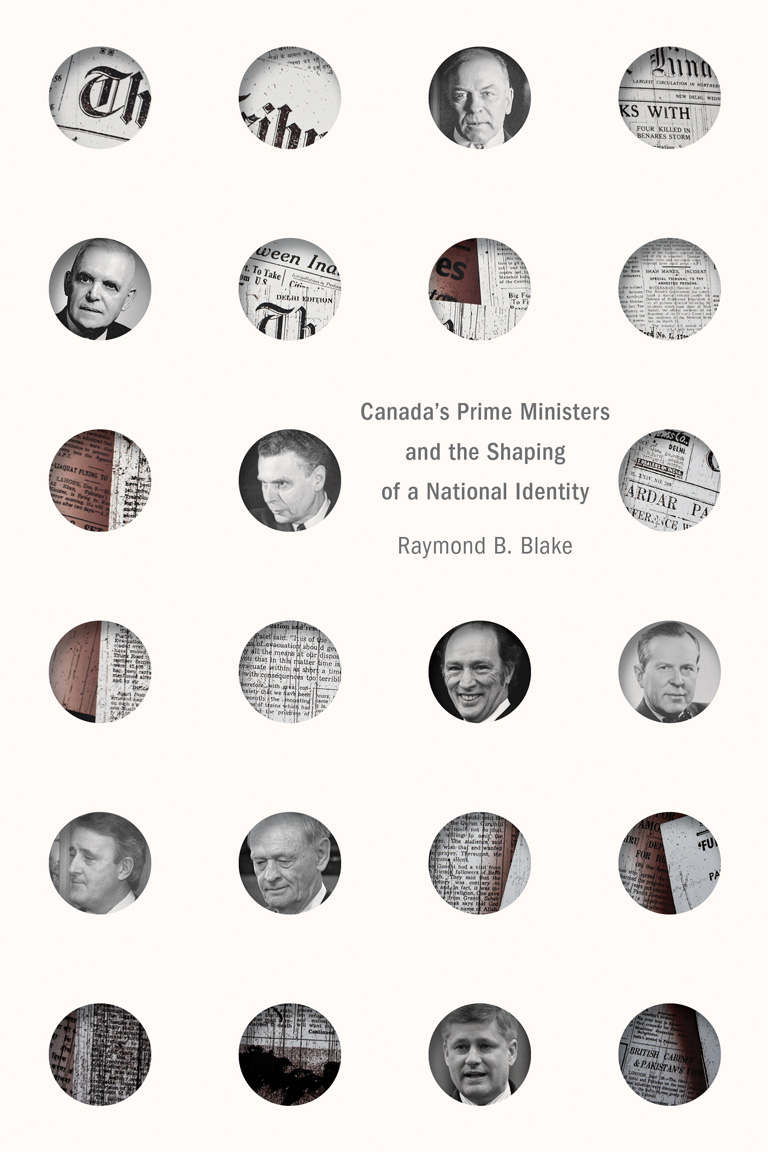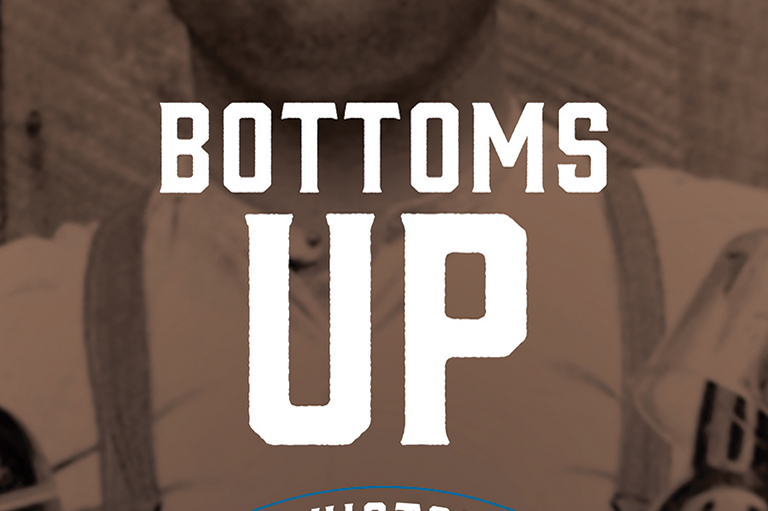Canada’s Prime Ministers and the Shaping of a National Identity

Canada’s Prime Ministers and the Shaping of a National Identity
by Raymond B. Blake
UBC Press
413 pages, $49.95
As part of their work, Canada’s prime ministers weave stories and forge narratives regarding national identity. From John A. Macdonald to Justin Trudeau, the country’s leaders have been both a mirror to reflect Canadian values and a means by which new ideals are advanced.
In his stimulating intellectual history of Canada’s prime ministers since 1945, University of Regina history professor Raymond B. Blake presents a new way to understand the role of Canada’s leaders in shaping how Canadians think of themselves, creating a shared sense of belonging, and presenting the country to the global community.
A prime minister, writes Blake, “wields enormous power” as the “spokesperson for the nation.” Our leaders’ words matter. Lester B. Pearson, his son remarked, “never accepted an official draft and left it untouched.” William Lyon Mackenzie King was notorious for agonizing over his public pronouncements, while Louis St. Laurent was anxious to ensure that the French and English versions of his speeches were similar in style and substance. Pierre Trudeau, one advisor noted, “did and said little publicly that was not carefully rehearsed in advance.”
In studying prime ministers’ speeches and calls to action, Blake examines what these leaders have said about crucial historical events, their symbolic utterances, and statements made while “charting the nation’s course.” This fine book considers prime ministers from King to Stephen Harper while critically examining how leaders sometimes let rhetoric march in advance of reality.
With 7 uniquely curated newsletters to choose from, we have something for everyone.
Blake begins only at the end of the lengthy regime of King, Canada’s longest-serving prime minister, who oversaw fundamental changes to the country. He was a champion of national unity, a stronger Canadian identity separate from Britain, a new social-security net, and the introduction of Canadian citizenship in January 1947. “The family and the home are the foundations of national life,” King said. But the comfortably isolationist prime minister became an internationalist because of the Second World War, an approach his successor, St. Laurent, continued to drive forward from 1948. National unity was also critically important to St. Laurent, and it would become a constant concern for subsequent prime ministers.
Blake admirably tracks John Diefenbaker and his desires to engage more deeply with the North, to reorient Canada away from the United States, and to create a bill of rights. Pearson made monumental changes with a stronger emphasis on bilingualism, health care, a pension plan, and the Canadian flag. While Pierre Trudeau made significant social changes after sweeping into power in 1968, he then floundered because of inflation and economic misery.
Brian Mulroney fought for free trade, closer relations with the United States, and forward-thinking environmental policies. He was unpopular when he left office, but he had been impactful and had more than thirty years to rehabilitate his reputation. By the time Jean Chretien became prime minister in 1993, he understood that most Canadian symbols had already been established. But he nonetheless had to deal with the aftermath of the 1995 Quebec referendum and the 9/11 attacks. Chretien’s common messages included the importance of shared values and of following the “Canadian way.”
Advertisement
In power from 2006 to 2015, Harper attempted to undo some of the symbols of previous Liberal governments, especially in the realm of security and defence, while reviving stories about Canadians of the past who did great things together. He said, “It’s up to us, those of us who follow, to make sure their story, their example does not fade from memory but instead illuminates our future.”
Blake is too good a historian to rely solely on prime ministers’ words, speeches, and rhetoric, which were often aspirational. Our leaders say some things to guide the nation and to inspire, and yet they also sometimes engage in performative acts or, as we say now, virtue signalling.
Blake also notes instances where leaders have not lived up to their ideals, where they were forced to pivot, or where they contorted themselves to an opposing action. One thinks of Chretien hammering Mulroney on the GST and then keeping it in place when he came to power.
Blake might have been harder on some prime ministers with respect to various inflexion points, especially regarding their sometimes-ambitious words about Indigenous people and their less-effective efforts towards equality. Nonetheless, this is a fine book that offers insight into Canada’s postwar prime ministers, their impacts in forging national symbols, and the many ways Canadians have embraced an evolving sense of identity since 1945.
In today’s environment of misinformation and disinformation, it can be hard to know who to believe. At Canada’s History, we tell the true stories of Canada’s diverse past, sharing voices that may have been excluded previously. We hope you will help us continue to share fascinating stories about Canada’s past, highlighting our nation’s diverse past by telling stories that illuminate the people, places, and events that unite us as Canadians, and by making those stories accessible to everyone through our free online content.
Canada’s History is a registered charity that depends on contributions from readers like you to share inspiring and informative stories with students and citizens of all ages – award-winning stories written by Canada’s top historians, authors, journalists, and history enthusiasts. Any amount helps, or better yet, start a monthly donation today. Your support makes all the difference. Thank you!
Themes associated with this article
Advertisement
Save as much as 40% off the cover price! 4 issues per year as low as $29.95. Available in print and digital. Tariff-exempt!




